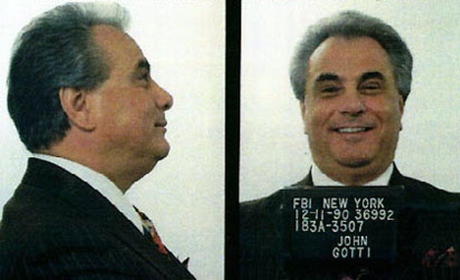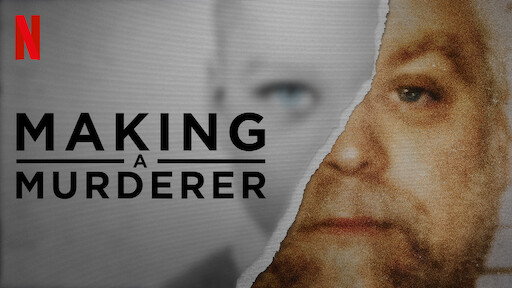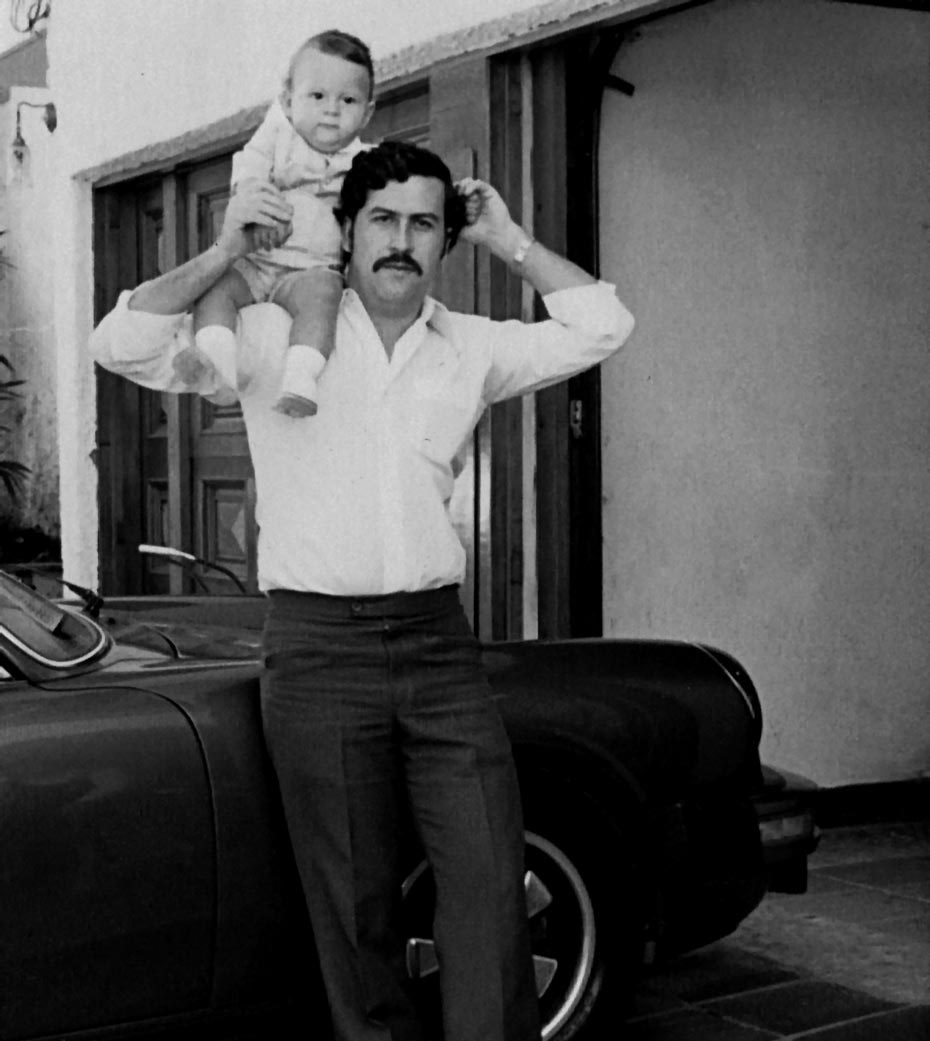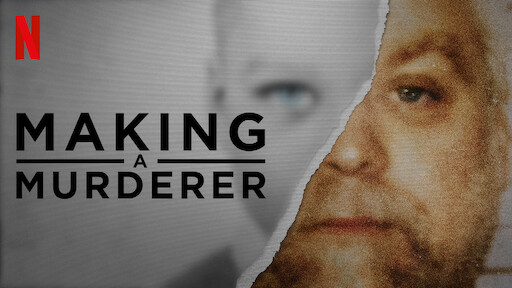- When Science Meets Crime: The Rise of BioTech Fraud in China - April 22, 2025
- How Sports Betting Is Fueling a New Era of Crime Networks - April 10, 2025
- The Dark Side of Influencer Parenting: The Case of Ruby Franke - April 8, 2025
The Rise of Mafia Dramas on Netflix

Netflix has emerged as a dominant force in the realm of crime dramas, especially those revolving around the mafia. With productions like “Narcos,” “The Irishman,” and “Ozark,” Netflix has captivated audiences worldwide, offering a gritty peek into the world of organized crime. In 2022 alone, Netflix funneled over $17 billion into content creation, a significant chunk of which went to crime and thriller genres. This massive investment underscores the growing appetite for mafia narratives, as viewers are consistently drawn to the allure and mystery of organized crime. The fascination with these narratives is reminiscent of a moth’s attraction to a flame; dangerous yet irresistible.
The Line Between Fact and Fiction

One of the most intriguing aspects of mafia dramas on Netflix is their seamless blend of fact and fiction. While many of these shows draw inspiration from real-life events, they frequently embellish or alter details to enhance dramatic appeal. Take “The Irishman,” for instance. Directed by Martin Scorsese, the film is based on the life of Frank Sheeran, a hitman who claimed involvement in Jimmy Hoffa’s disappearance. However, critics have pointed out that the film takes liberties with timelines and character portrayals, sparking debates about its historical accuracy. Such artistic licenses raise questions about where the line between reality and fiction truly lies.
Real-Life Mafia Figures vs. Their Portrayals

Mafia dramas often feature characters inspired by real-life figures, like Al Capone or John Gotti. However, these portrayals can differ significantly from their real counterparts. For example, in “Boardwalk Empire,” Nucky Thompson is a fictionalized version of Enoch L. Johnson, a political figure deeply entwined with organized crime. While the series captures the essence of the Prohibition era, it dramatizes events and relationships, leading to a skewed view of history. This artistic interpretation can sometimes be like looking at history through a funhouse mirror—recognizable, yet distorted.
The Impact of True Crime Documentaries

Besides scripted dramas, Netflix has also ventured into true crime documentaries that explore genuine mafia stories. Series like “The Keepers” and “Making a Murderer” have ignited public interest in criminal cases and the justice system. These documentaries often feature interviews with law enforcement, victims, and experts, offering a more factual account of events. However, they too face criticism for sensationalizing incidents or presenting biased perspectives. This duality presents a challenge, as viewers must navigate between entertainment and factual storytelling.
Statistics on Viewership and Popularity

In 2023, a survey revealed that crime dramas rank among the most-watched genres on Netflix, with over 60% of subscribers having viewed at least one mafia-related series. This statistic underscores the genre’s magnetic appeal and its power to draw in audiences. Moreover, Netflix’s algorithm suggests that crime dramas boost viewer engagement, with many binge-watching entire seasons in one go. It’s akin to an addictive novel you just can’t put down, compelling you to turn the next page.
The Role of Cultural Representation

Mafia dramas often mirror cultural stereotypes and societal perceptions of organized crime. Shows like “The Sopranos” and “Narcos” have fueled discussions about the portrayal of Italian-Americans and Latinx communities in media. Critics argue that these depictions can perpetuate harmful stereotypes, while supporters believe they offer a nuanced exploration of crime and identity. This ongoing debate highlights the delicate balance filmmakers must strike between authenticity and representation.
The Influence of Real Events on Storylines

Many Netflix mafia dramas draw heavily from real events, such as the rise and fall of notorious crime families. “Narcos,” for instance, chronicles the life of Pablo Escobar and the Medellín Cartel, pulling from historical accounts and law enforcement reports. However, the dramatization of these events can blur the lines between fiction and reality, leading viewers to conflate the two. This phenomenon emphasizes the importance of critical viewing and understanding the context behind the stories.
Viewer Reactions and Critiques

Reactions to mafia dramas run the gamut, with some viewers praising their storytelling prowess and others criticizing their historical inaccuracies. “The Irishman,” for example, received mixed reviews; some lauded its ambition, while others pointed out its deviations from historical facts. Social media has become a platform for viewers to voice their opinions, underscoring the impact of these narratives on public perception of organized crime. It’s a testament to the power of storytelling, capable of sparking both admiration and debate.
The Future of Mafia Dramas on Streaming Platforms

As streaming platforms continue to expand, the demand for mafia dramas is poised to grow. Netflix has already announced several upcoming projects centered around organized crime, signaling sustained interest in the genre. However, as audiences become more discerning, creators may need to balance entertainment with accuracy to maintain credibility and viewer trust. It’s a tightrope walk, where one misstep could lead to a fall from grace.
Conclusion: The Ongoing Debate
The conversation surrounding Netflix’s mafia hits versus true stories is intricate and multifaceted. While these dramas offer entertainment and insight into organized crime, they also provoke critical questions about representation, accuracy, and the influence of storytelling on public perception. As viewers, it is essential to approach these narratives with a discerning eye, recognizing the blend of fact and fiction that characterizes the genre.




